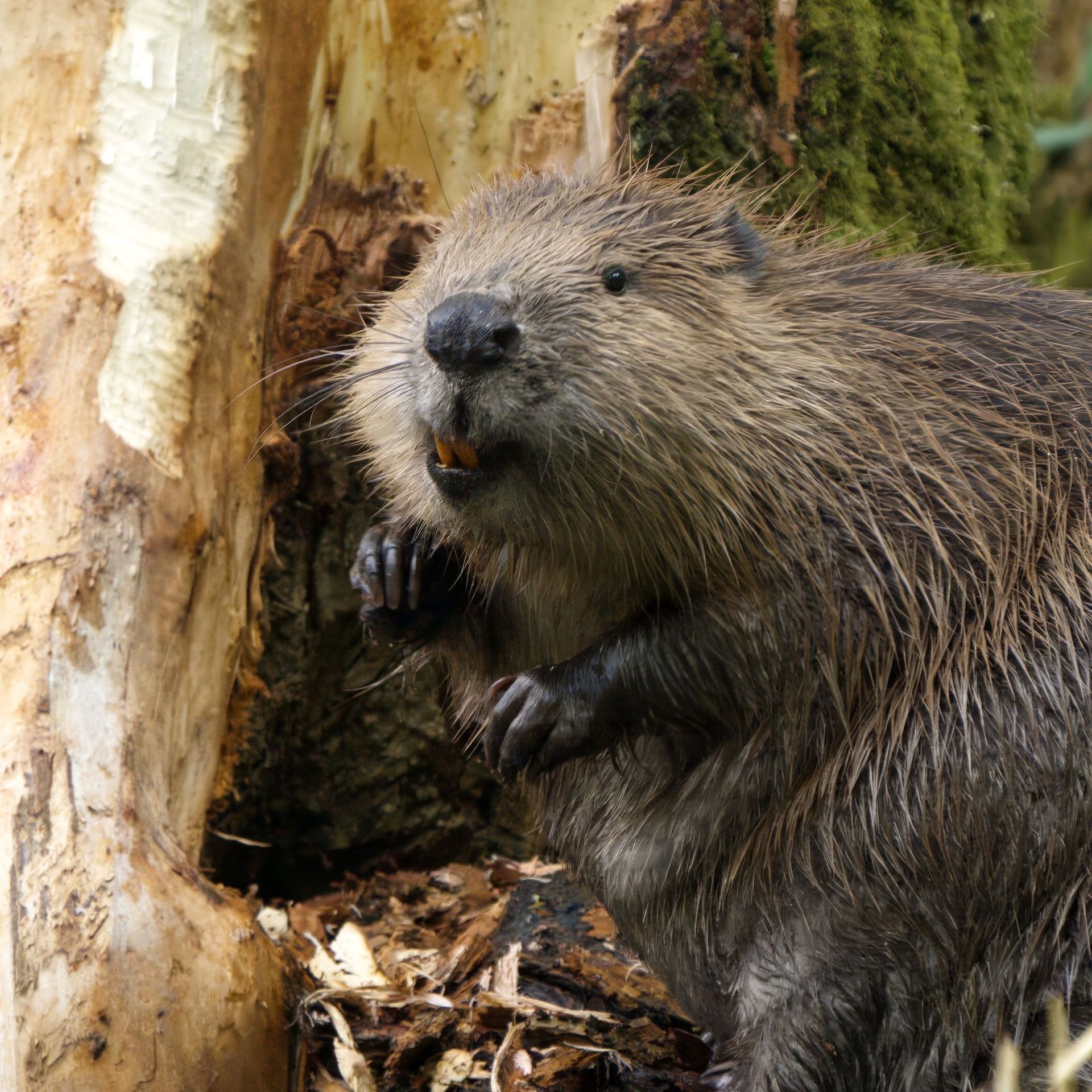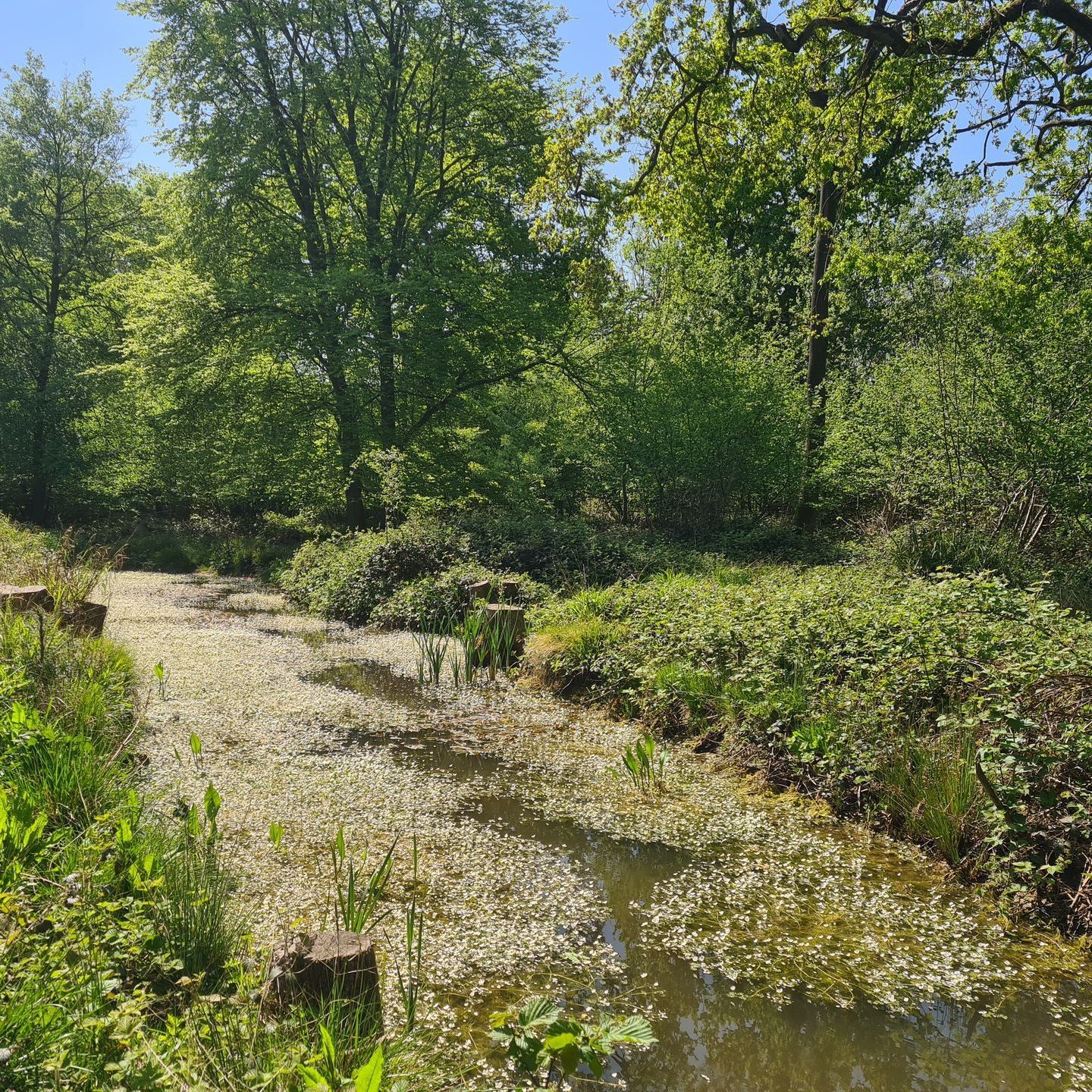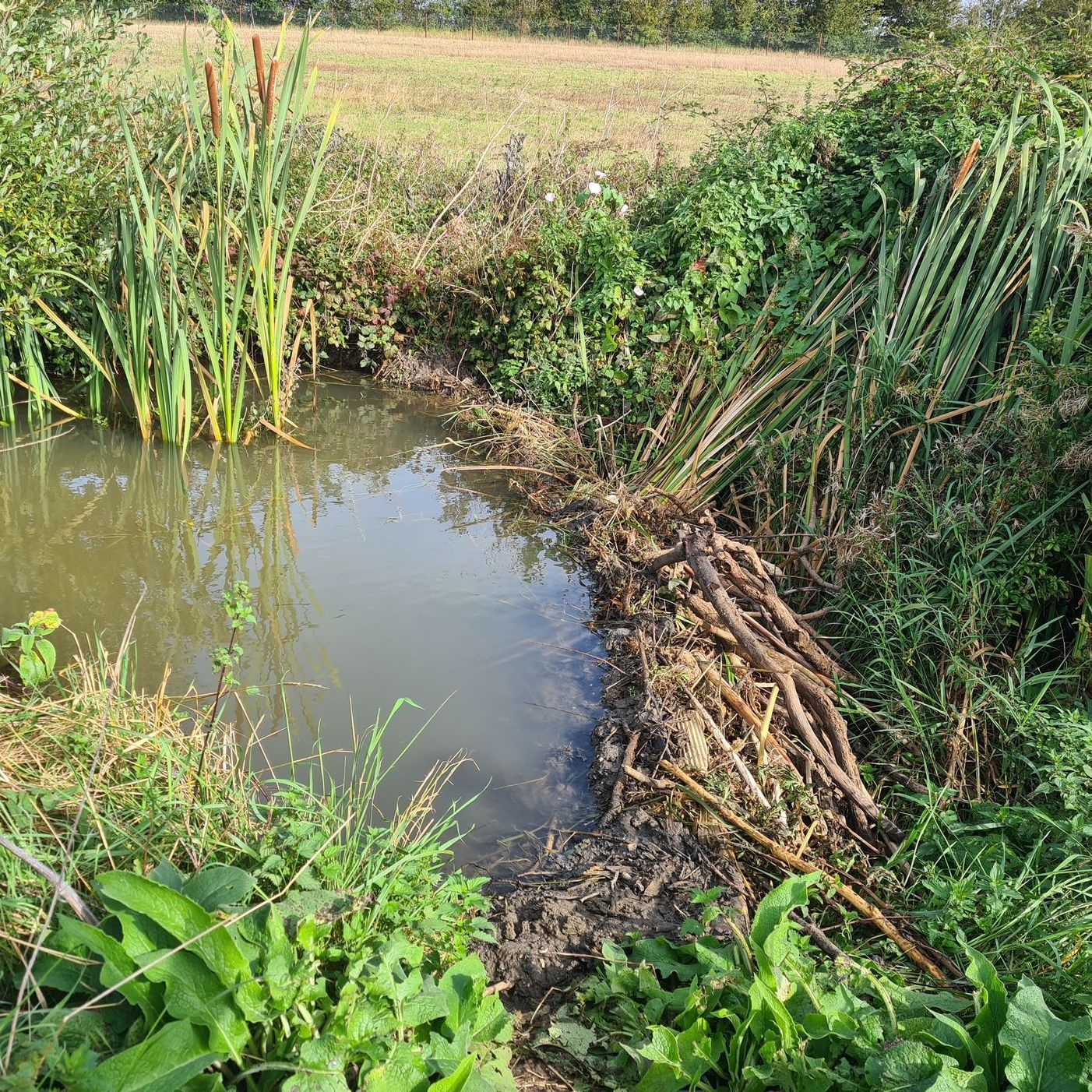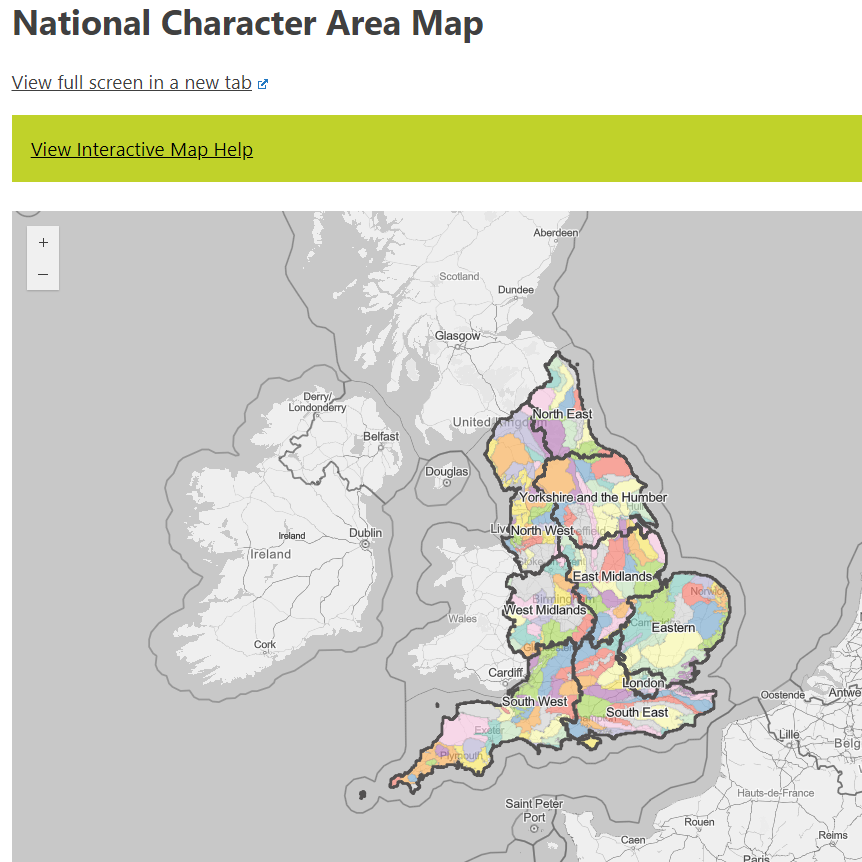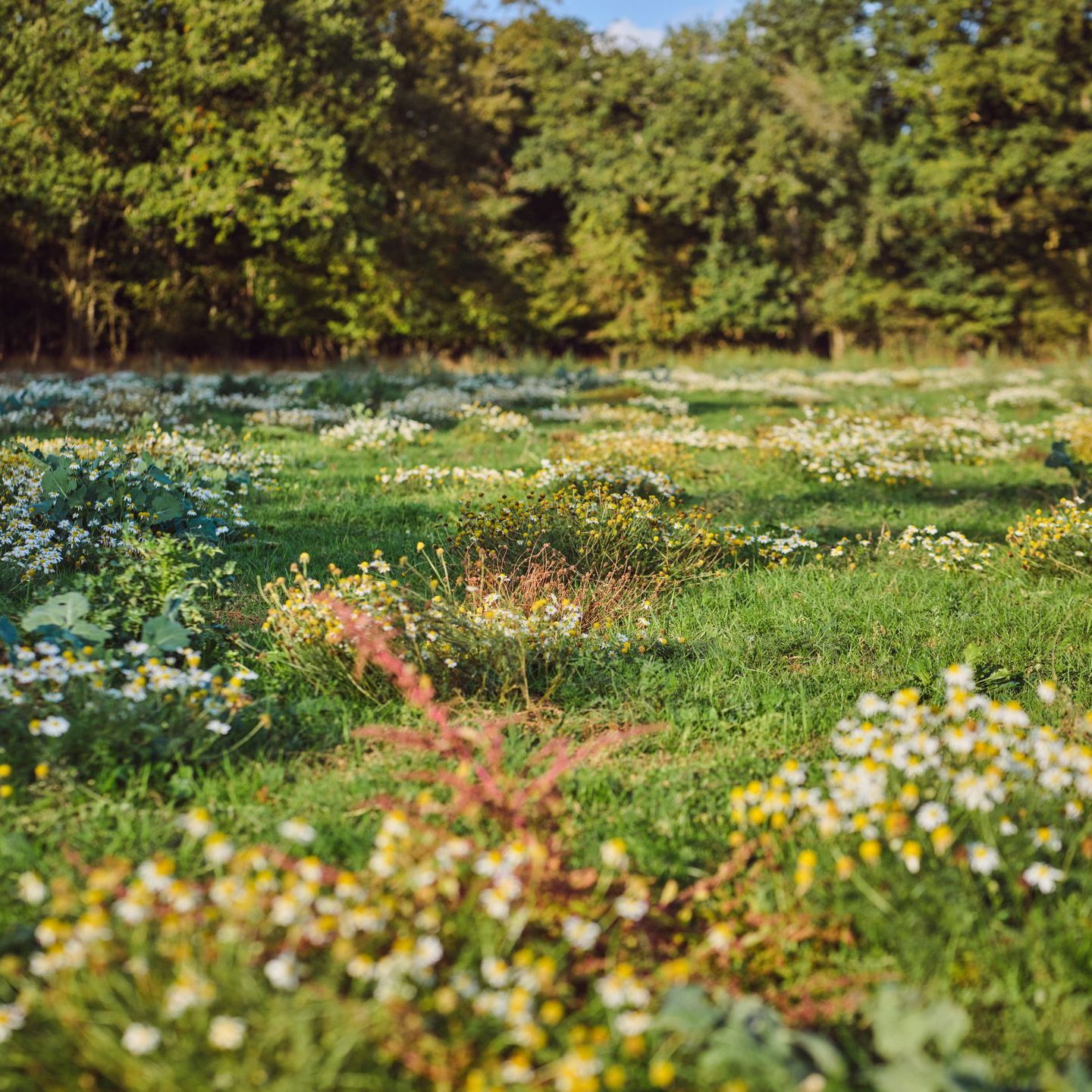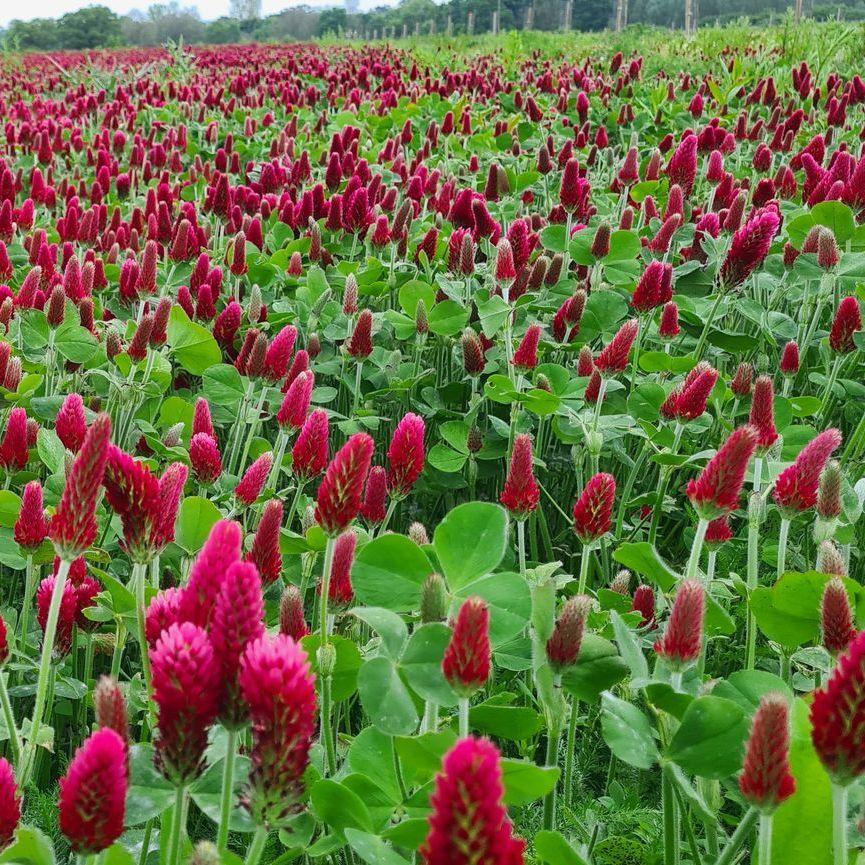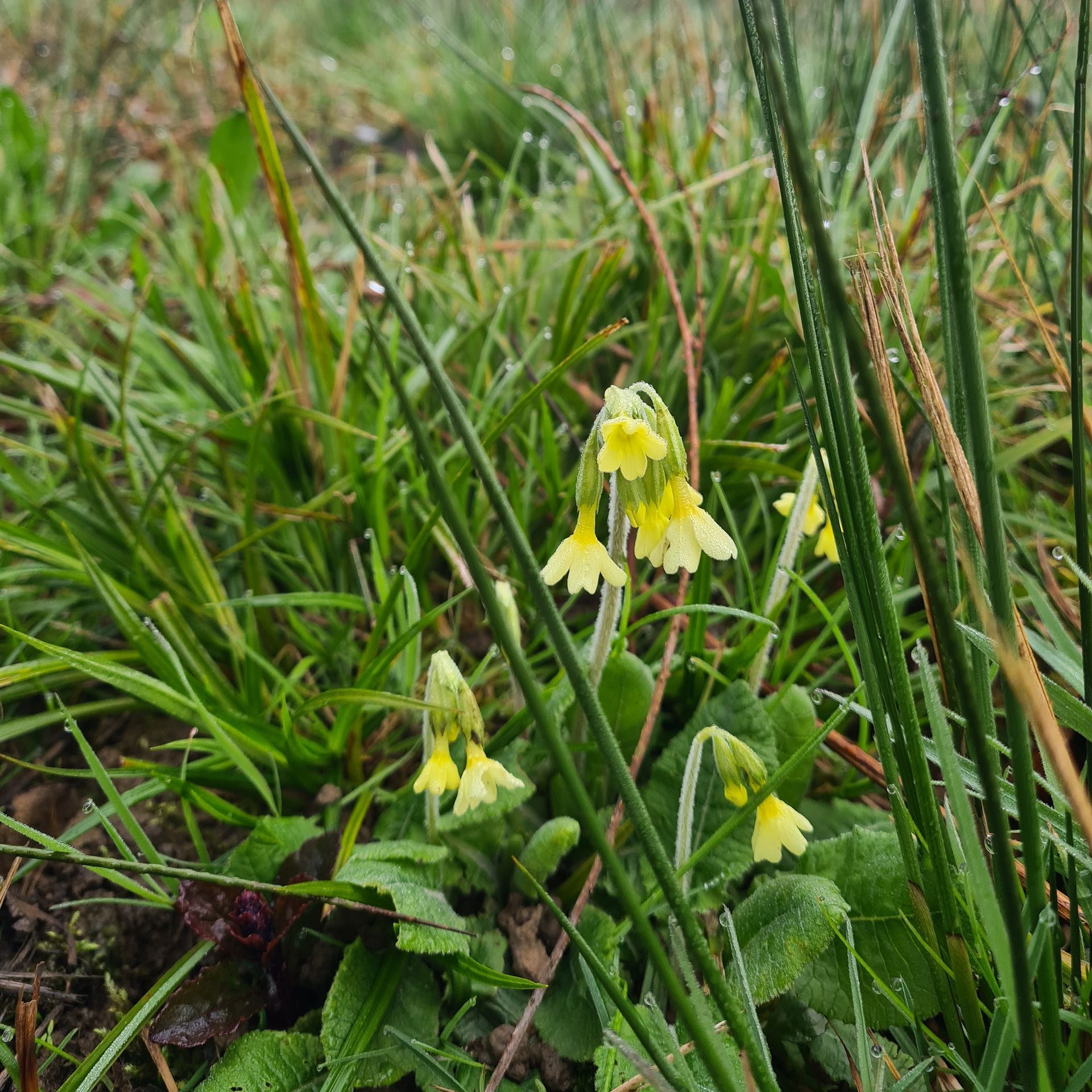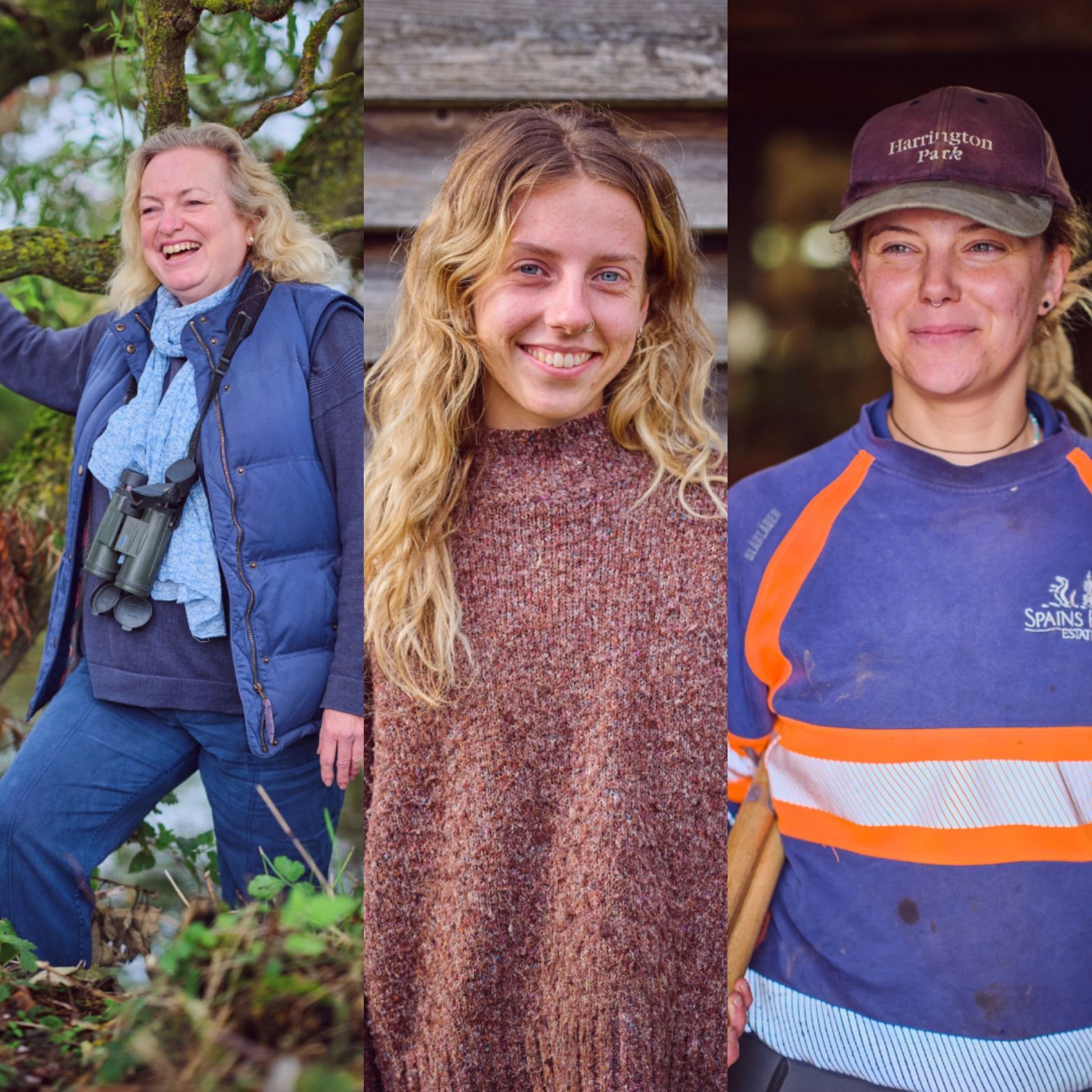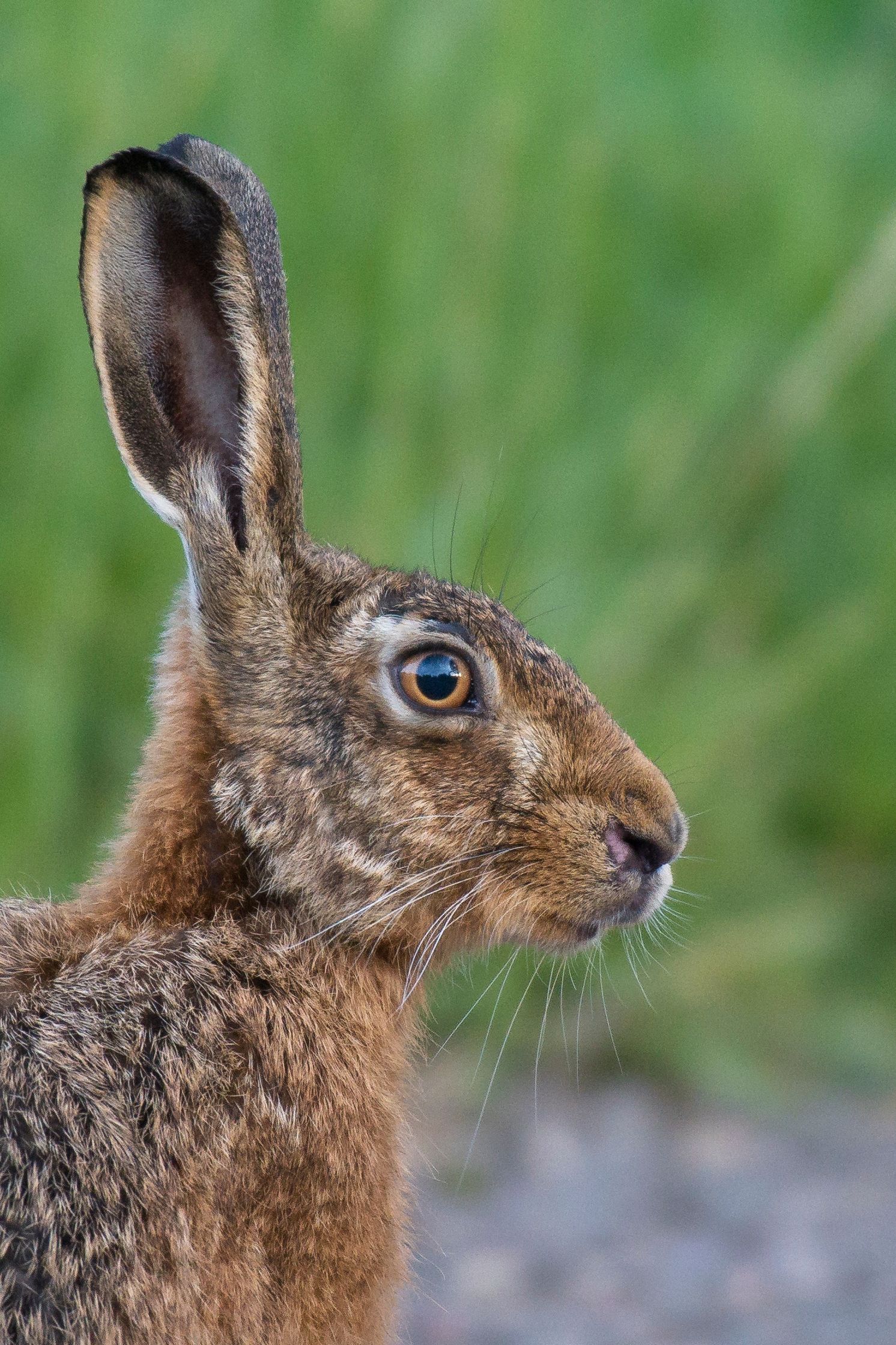Fact-finding trip to nut growing region in France
Cutting edge research and centuries of experience on display
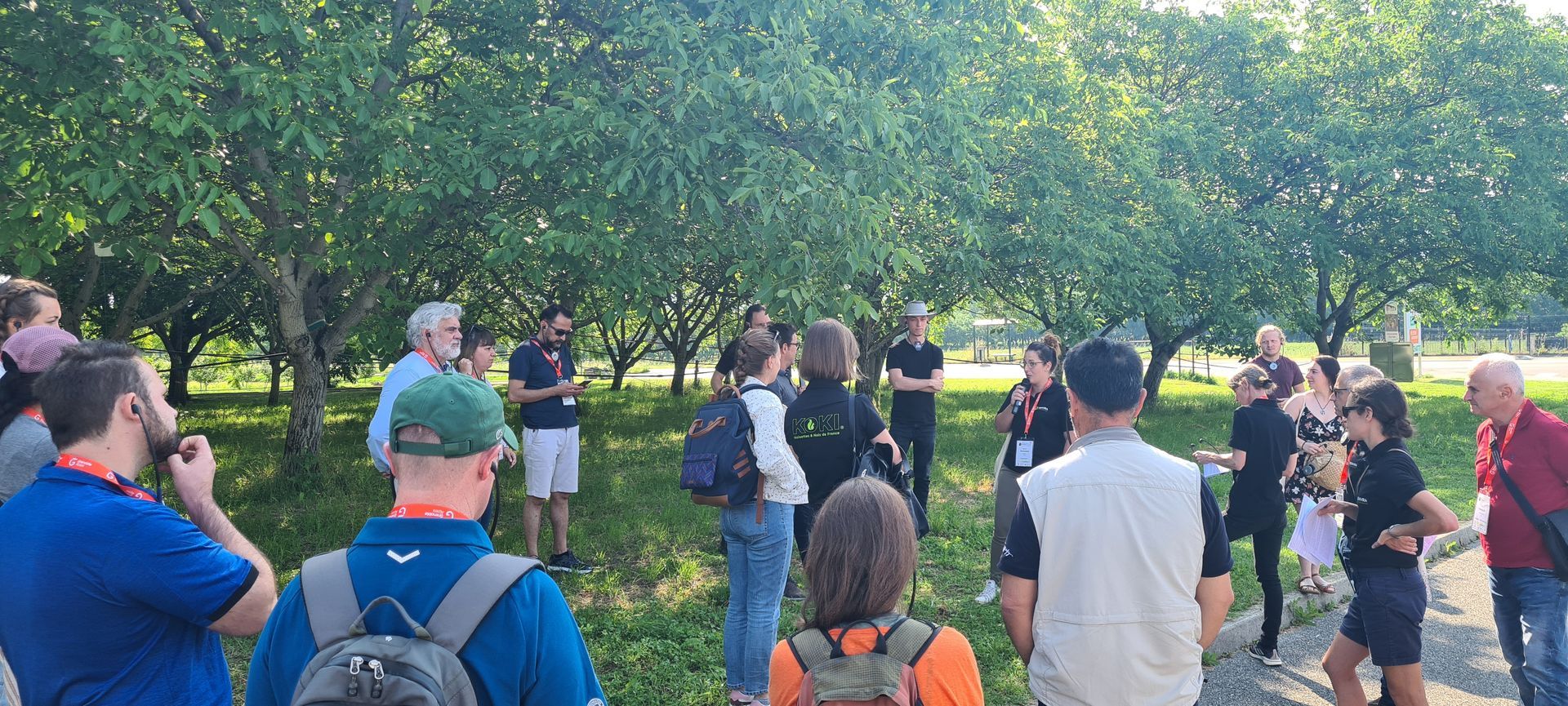
In the majestic Alpine region of Isère in France lies the heart of one of France's premier walnut growing regions. The high quality nuts produced here are protected under EU law as a
Appellation d'Origine Protégée (AOP) in the same way as Champagne. It was the perfect setting for the IX International Walnut and Pecan Symposium, hosted by the International Society for Horticultural Science (ISHS) which brings together growers, processors and top level researchers to discuss latest developments, challenges and opportunities for the industry.
With sessions covering climate change, disease, new varieties, storage and processing the 4 day event culminated in a series of visits throughout the region.
Key takeaways for me included
- The in-shell nut market on the continent is weakening as people reduce purchases of 'luxury' items.
- In-shell consumption is a peculiarity of the European consumer, most other markets sell very little in-shell, preferring kernels and processed products.
- Climate change is going to challenge existing grows where irrigation water is key to productivity
- New areas are being developed to grow walnuts, including in regions previously considered sub-optimal (such as the UK, in line with a general northward shift). But the main growing regions are still far more developed.
- Pests and diseases continue to challenge growers, particularly where pesticide approvals are being withdrawn. Cultural and bio-control methods are being actively researched, but feel a good way behind arable crop research (from what I could tell).
- Government supported research, and advisor-led outreach to growers, is a major part of the success of the industry - developing new varieties in response to grower demands.
What is clear is that the French value their nut industry incredibly highly, putting millions into research and development as well as showcasing the rich and long traditions that form the bedrock of today's systems. We can learn a great deal from our neighbours and colleagues in the nut world, as our own domestic industry begins to grow to meet local demand and healthy eating trends.
Last year we also attended the X International Congress on Hazelnut in Oregon, US. It was a similarly inspiring week, and eye-opening in terms of the scale and value of the hazelnut industry globally. Again the research and development work going on in Corvalis was particularly impressive, proving growers with insights and new varieties since the mid 1960s.
However, what is clear from both conferences is that there are major challenges ahead - climate change, water availability, pesticide availability and growing competition from other emerging growing regions globally means new approaches and varieties are going to be key. It is great to see such time and effort being put into developing these, but the UK lags far behind. Perhaps it's time we invested in our domestic production systems in a similar way?
Latest news
